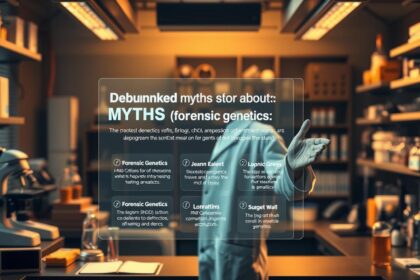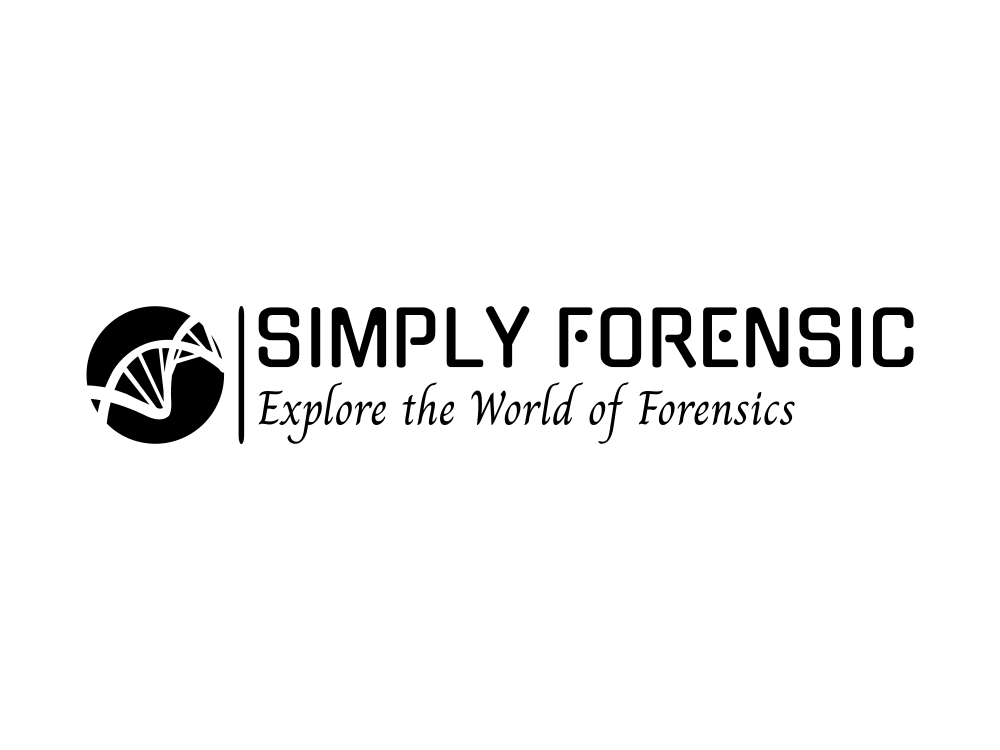This Week in Forensics: “Holy Grail” Fingerprint Tech & A Wave of IDs
This week, forensic science breaks new ground. Researchers achieve the "Holy Grail"…
The Likelihood Ratio: Unveiling the Statistical Strength of Forensic Evidence
The Likelihood Ratio (LR) is pivotal in modern forensic statistics, providing a…
The Anna Jean Kane Murder: How IGG Solved a 34-Year-Old Cold Case
In 1988, 26-year-old Anna Jean Kane was found strangled in Berks County,…
Forensic Epigenetics: Reading Age from Human DNA
The Epigenetic Clock: How DNA Methylation Reveals Age at Death in Forensics
Indian Supreme Court Sets New Standards for DNA Evidence Integrity
The Supreme Court has issued new guidelines for handling DNA evidence, focusing…
How Light-Based Analysis Can Determine the Sex of Blowfly Larvae
A new study from Texas A&M uses infrared light and machine learning…
DNA Analysis Leads to Landmark Conviction of Identical Twin in 1987 Rape Cold Case
n a U.S. first, a rape cold case from 1987 was solved…
The Golden State Killer: A Definitive Forensic Case Study
An in-depth forensic analysis of the Golden State Killer case. Explore how…
A Proteomics Approach: A New Method for Detecting Adulterated Drug Test Samples
In forensic toxicology, one of the most persistent challenges isn't just detecting…
What is mtDNA and Why is it Important? A Forensic Deep Dive
In the fascinating world of forensic science, DNA is often the key…
DNA Myths Busted! Separating Fact from Fiction in Forensic Genetics
Separate fact from fiction in the world of forensic genetics. Discover the…
World DNA Day: Celebrating DNA – The Blueprint of Justice
On World DNA Day (April 25th), discover the profound impact of DNA…
Crime Scene Investigation: A Comprehensive Guide
Crime scene investigation applies scientific methods to uncover the truth behind criminal…
How Accurate Are True Crime Podcasts & Netflix Documentaries?
Discover how true crime podcasts and Netflix documentaries shape public perceptions, the…
DNA vs. Fingerprints: Which Is More Reliable in Court?
DNA evidence offers unprecedented precision, while fingerprint analysis remains cost-effective and swift.…
Sexome Forensics: Tracing Genital Microbial Signatures
Forensic researchers now explore the “sexome”—the unique bacterial fingerprint on genitalia left…
Forensic Radiology: A Comprehensive Overview
This complete overview covers the evolution of forensic radiology—from early X-rays to…
Unlocking Forensic Insights: Bone Chemistry from the Mary Rose
Discover how the Mary Rose’s skeletal remains reveal clues about aging, handedness,…
The Critical Role of Forensic Scientists in Modern Medical Investigations
This article explores the vital role forensic scientists play in modern medical…
Class Evidence vs Direct Evidence: Key Differences in Forensic Science
This article explores the differences between class evidence and direct evidence in…























